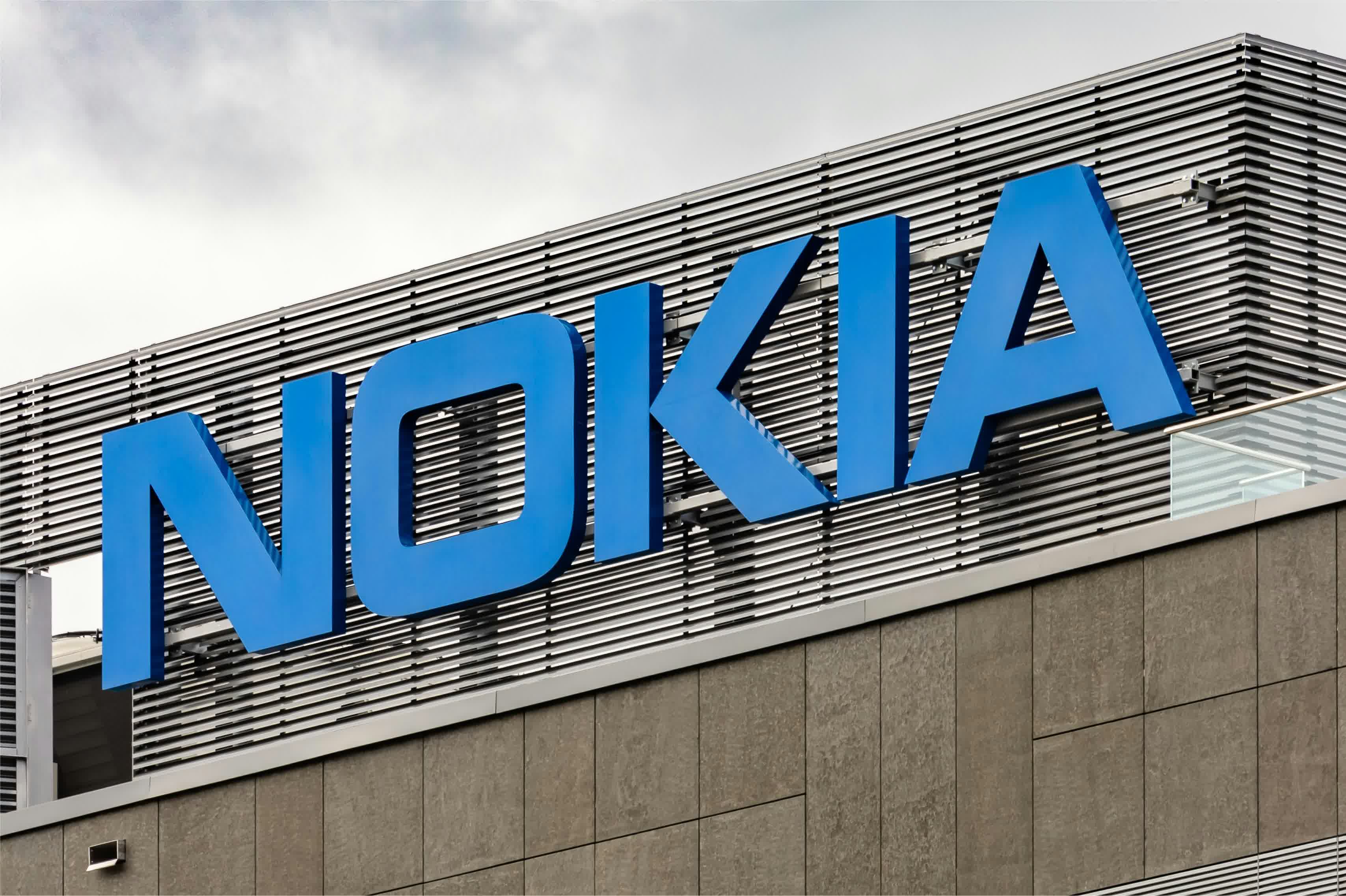Forward-looking: Nokia CEO Pekka Lundmark has made history once again, recently placing the first phone call using a new technology the company claims is the biggest leap forward in voice calling since the introduction of monophonic telephony audio.
Lundmark was famously on hand back in 1991 when the Finnish phone giant conducted the first commercial call using the global system for mobile communications, or GSM for short.
The new 3GPP Immersive Voice and Audio Services (IVAS) codec technology, which will be part of the upcoming 5G Advanced standard, is essentially spatial audio for voice and video calls. With it, consumers will be able to experience calls with three-dimensional sound that better mimics what they'd hear in person.
In addition to improving the richness and quality of a one-to-one call, the tech could be useful during a conference call where the voices of individual participants would be localized based on their location in the room. Currently, mobile phone calls are monophonic meaning all of the audio is compressed into a single, flat sound.

Nokia's chief conducted the demonstration on a call with Stefan Lindström, Finland's Ambassador of Digitalization and New Technologies, using an ordinary smartphone on a public 5G network. Most modern smartphones have at least two microphones, making them ideal candidates to fully exploit the spatial audio tech.
Nokia President Jenni Lukander said the 3GPP IVAS codec standard was developed by a consortium of 13 companies, and is key to enabling interoperability between operators as well as handset and chipset makers.
"Thanks to standardization, the whole world will now benefit from this innovation," Lukander added.
As for that first commercial GSM call way back in 1991, Lundmark confessed in a 2021 blog post that one of the calls that day actually took place over a backup analogue system. "I guess it's safe to admit this 30 years on and now that there are no question marks over the viability of GSM," the executive said.
It remains to be seen whether or not immersive voice and video calls will be as groundbreaking as promised. Earlier advancements, including HD voice, came with similar "revolutionary" claims but didn't make much of a splash in the real world.
Image credit: Pawel Czerwinski
